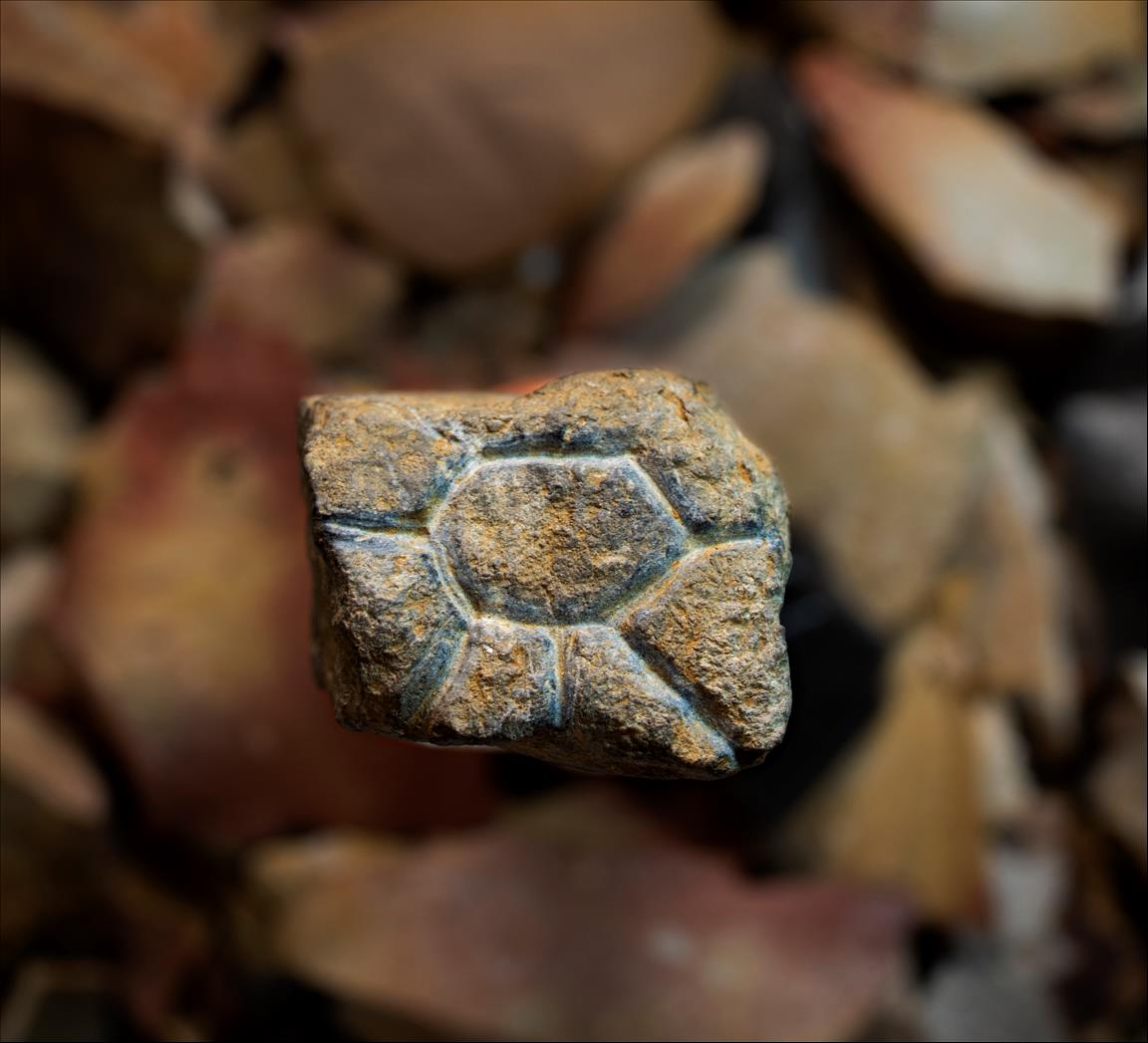
Archaeologists working in Indonesia have discovered two 20,000-year-old engravings of a water buffalo and a celestial orb—the first of their kind ever to be found outside Europe.
In the Leang Bulu Bettue cave on the island of Sulawesi, researchers unearthed a pair of miniature portable stones—or plaquettes, as they’re called—engraved with figurative drawings. The findings were published last week in the academic journal Nature Human Behaviour.
One engraving, carved into flowstone, depicts an anoa, a small water buffalo native to Sulawesi. The second depicts a celestial orb emitting rays of light, and is carved into a piece of limestone. Researchers say the stone orb amounts to the first form of pre-historic sculptural relief found in Asia—evidence that contradicts the long-held belief that people in what is now Western Europe were the first to express themselves through art.
“With more discoveries going on over this side of the world, we’re finding that’s definitely not the case,” Michelle Langley, who authored the study, told Cosmos. “People were doing it over here at the same time or earlier. We just hadn’t been looking.”
“We hope that people are able to appreciate and celebrate the similarities and diversities of our first cultures and communities the world over,” she added. “People 20,000 years ago were doing some pretty interesting and amazing things in Africa, in Europe, in Asia, and in Australia. We are only just scratching the surface of the complexity of people living back then.”
Adam Brumm, Adhi Agus Oktaviana, and Michelle C. Langley with one of the newly-discovered engravings. Courtesy of Andrew Thomson.
The anoa stone was eroded to the point of near indecipherability. What at first seemed to be a pattern of intersecting lines carved into the rock were eventually identified as a classic template of the anoa, with its head turned toward its back.
“At first I thought I might be seeing things, though I became more convinced the more I looked,” Langley told Atlas Obscura. “We were pretty excited about the identification of an engraved animal—we knew it was a first.”
Though Langley analyzed the plaquettes, they were first uncovered in a 2017 dig led by archaeologist Adam Brumm from Griffith University in Brisbane, Australia. Brumm’s team found the stones in a pile of ancient garbage alongside other artifacts including tools, animal bones, and beads—all indications that the site was of frequent use for hunter-gatherers during the last ice age.
In 2014, Brumm’s group, with whom Langley works, also discovered a series of ancient animal paintings in another Sulawesi cave. And last year, they uncovered similar illustrations on the island of Borneo. Carbon dating found both sets of paintings to be over 40,000 years old, making them the oldest pictures in the world.